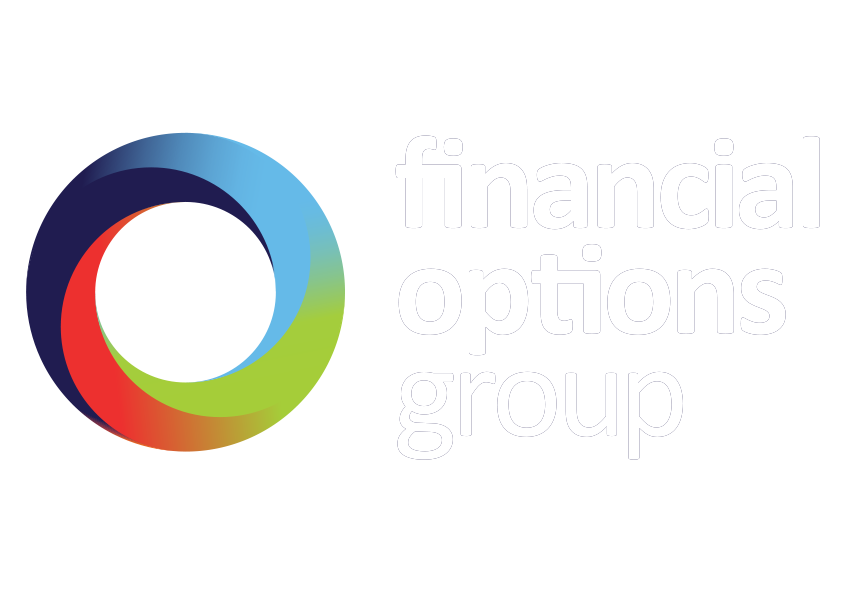Take action now to ensure you’re not paying more tax than you need to…
In recent years, successive governments have introduced reductions to some existing allowances and reliefs, leading to an increase on the tax most people will pay on income, savings and investments.
Even where tax rates that were frozen, in real terms when inflation is considered, this amounted to an increase in the tax payable by you.
Not only was the personal allowance frozen for all (1) but there was also a reduction in the allowances on the dividends (3) paid on investments and a reduction in the Capital Gains Tax allowance (CGT). This was the second year in a row that dividend and CGT allowances were lowered.
Financial Options Group LIBF-Chartered financial adviser Jenny Loftus said, “It’s important that we highlight the significant impact of frozen and reduced allowances – especially given the dividend allowance dropped from £2,000 to £1,000 in 2023/24 and then to £500 in the 2024/25 tax year, and the CGT allowance which stood at £12,300 in tax year 2020/21, before being cut in 2023/24 to £6,000 and again to £3,000 2024/25. Following these reductions, it’s vital for those keen to minimise their tax liability to explore every option available to them. That includes ISAs, which you can read about in this article, as well as pension contributions, tax-efficient bonds, or trusts which function as alternative vehicles to mitigate tax exposure.”
Investment and Capital Gains Tax Considerations
With the reduction in CGT Exempt allowance there is a real risk that your assets and investments could become liable to CGT, but with careful planning this does not have to be the case.
It is now more important than ever to carefully consider how your savings and investments have performed to date and how aligned they are to each other and your future plans, in order to minimise the tax due.
Whilst using ISAs is still a valuable part of financial planning, the reduced CGT and Dividend allowance now mean more care than ever is required to select the right product at the right time to ensure Tax is not paid unnecessarily on income, upon an encashment, or by simply using your ISA allowances.
We’re here to help
With careful planning and making use of the tools available, no-one should have to pay more tax than they need to, even with the reduction in allowances.
Jenny adds, “When it comes to tax allowances, you really want to start the process as early as possible, so that you can avoid any rush before the tax year-end deadline. The first step is always a thorough assessment of your individual financial outlook. A personalised plan, rather than a one-size-fits-all solution, is far more likely to achieve your objectives and and arranged appropriately can help you minimise the tax you have to pay.”
If you would like to learn more, please get in touch now.




